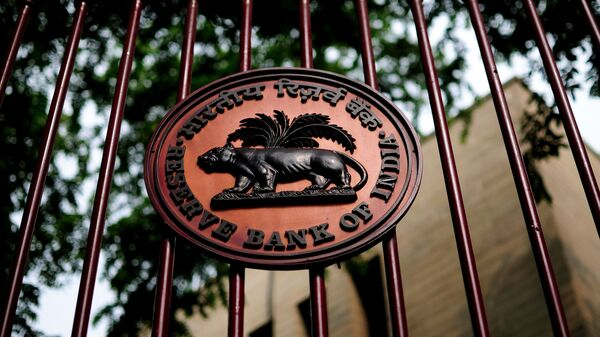Free Courses Sale ends Soon, Get It Now


Free Courses Sale ends Soon, Get It Now



Copyright infringement not intended
Picture Courtesy: www.livemint.com
Context: The Reserve Bank of India (RBI) has maintained its status quo on key interest rates for the fourth consecutive time in its recent Monetary Policy Committee (MPC) meeting. This decision is driven by several economic factors and challenges that India faces.
Details
Implications for the economy and financial markets
Steps to cope with the withdrawal of accommodation
Challenges
Way forward
Conclusion
Must Read Articles:
Monetary policy committee highlights: https://iasgyan.in/daily-current-affairs/monetary-policy-committee-highlights
Rbi’s Repo Rate Pause: https://www.iasgyan.in/daily-current-affairs/rbis-repo-rate-pause
|
PRACTICE QUESTION Q. What is the role of the Reserve Bank of India (RBI) in maintaining financial stability and economic growth, and what tools and policies does it employ to fulfil this role? |
© 2024 iasgyan. All right reserved